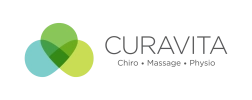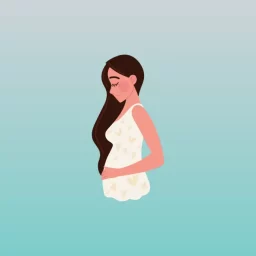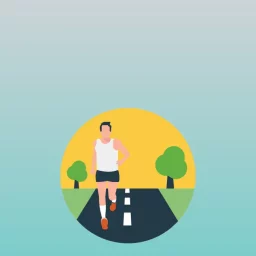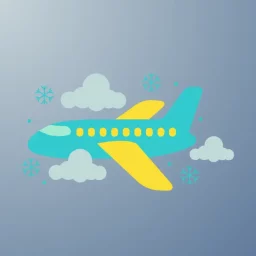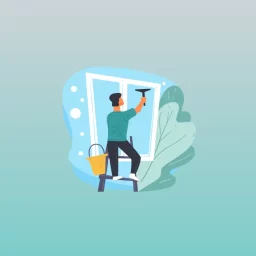How to Prevent Common Hiking Injuries
The days are getting longer and with the temperatures rising, we are experiencing summer!! The summer months allow us to enjoy wonderful weather conditions and explore the beautiful countryside. Learn how to prevent common hiking injuries.
The options are endless with a vast array of both day and multi-day hikes around Ottawa. Whether you’re an experienced hiker or a weekend warrior looking to tackle the outdoors, there are several things that you can do to get your body ready for the rigors of long-distance walking. Injury and pain are major factors influencing a hiker’s ability to both complete and enjoy the task that they have embarked on.
Firstly, to understand how to make your hikes as comfortable as possible, it is important to understand the most common injuries experienced by hikers and how to prevent them.
Common hiking injuries:
- Low Back pain
- Knee pain
- Shoulder and neck pain
- Foot pain
- Ankle sprains
Low Back Pain
Lower back, shoulder and neck pain is a common issue experienced by hikers.
For long-distance, multi-day and day hikers poor underlying lower back and neck postures, poor core strength and a lack of flexibility through the trunk can cause increasing discomfort during the walk. This, coupled with a backpack that is not correctly fitted and does not dissipate the weight correctly through your body, can result in an altogether miserable experience.
In addition, sitting at an office desk for prolonged periods can increase the stiffness in our lower back joints and musculature. Prolonged sitting causes a tightening of your lumbar erectors, hip flexors and hamstring muscles which in turn can affect your resting standing posture. Neck stiffness that accumulates from sitting at a computer screen for a prolonged period can be accentuated by carrying a heavy backpack and reinforcing poor posture in this area.
Preventing low back pain
Thankfully, a specific stretching program to resolve tightness in the weeks and days leading up to a hike will result in an altogether more comfortable experience.
To prevent back pain, you should take great care in picking out a backpack with the proper fit. It is also important that you load your pack properly so that weight is distributed in a way that will not pull on your shoulders. The weight of your pack should be riding close to your body and most of the weight should be distributed across your hips.
Knee and Foot Pain
Knee and foot pain are common issues experienced during hiking especially as you start to increase your distance. Many believe that it is just an unavoidable part of long-distance walking and tend to grin and bear it or avoid hiking altogether due to the pain. However, knee and foot pain are commonly caused by lower leg weakness and poor force distribution through your lower legs as you walk. As you increase your distance, this force accumulates causing pain in either the knees, foot or both.
Having supportive footwear, preferably hiking boots is the first step. These will increase shock absorption during walking and provide support to the arch of the foot as we walk. If you already have a pair of hiking boots, we invite you to bring them in during your assessment. We can assess if they are suitable for your foot posture.
Knee and foot pain can continue, however, even with supportive footwear. Often this is a result of overdominance and reliance on our thigh (quadriceps) muscle. And poor core strength and poor stability in our hips as we stand on one leg. This increases as we fatigue over longer distances. And, in turn, it can and often does result in knee and foot pain.
Preventing knee and foot pain
To prevent this, completing strengthening exercises to increase core and gluteal muscle strength will help. It will reduce reliance on our quadriceps and increase hip stability. This will result in reduced forces through our knees and feet, ultimately reducing the incidence of pain while hiking.
What to do in case of an injury?
There are times when hiking-related injuries cannot be prevented. For example, if you happen to see a snake on your hike. You jump and sprain your ankle – well then that is just bad luck! If you’re hiking with a friend and race to the nearest tree. And twist your knee on the uneven surface, then that’s just a good story. However, if these unfortunate events happen, go through the routine for acute injury: PEACE and LOVE.
If you have experienced an acute injury while hiking and need help with diagnosis and management – book in with one of our team of experts including chiropractors and physiotherapists. They will assess the injury and get you back on the trail as soon as you are fit.
Ultimately hiking is an awesome experience and a great way to explore the outdoors. Whether you are a first-time hiker and are keen to start on the right foot. Or if you are an experienced hiker who can resonate with some of the issues outlined above. Book an assessment with one of our healthcare providers and we can steer you in the right direction. For more information or to book an appointment with one of our chiropractors, physiotherapists or massage therapists, visit our clinic websites at Curavita Byward and Curavita Glebe.
How to Prevent Common Hiking Injuries by Curavita

